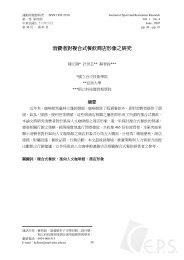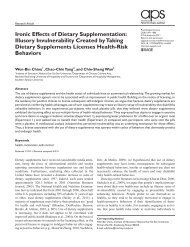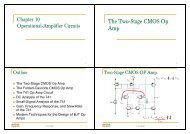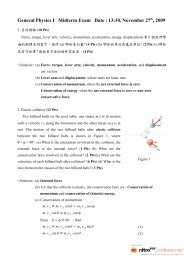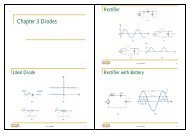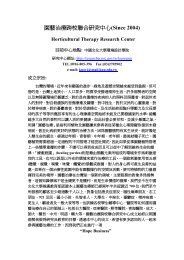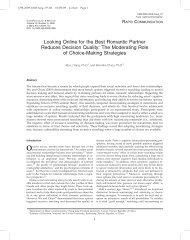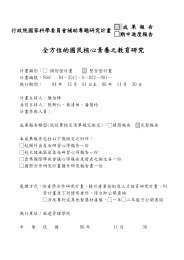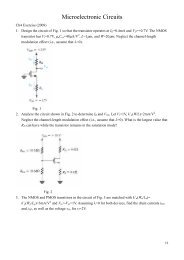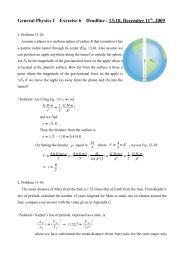0.1 Error analysis for Iterative Methods Definition 1 Suppose {pn ...
0.1 Error analysis for Iterative Methods Definition 1 Suppose {pn ...
0.1 Error analysis for Iterative Methods Definition 1 Suppose {pn ...
You also want an ePaper? Increase the reach of your titles
YUMPU automatically turns print PDFs into web optimized ePapers that Google loves.
<strong>0.1</strong> <strong>Error</strong> <strong>analysis</strong> <strong>for</strong> <strong>Iterative</strong> <strong>Methods</strong><br />
<strong>Definition</strong> 1 <strong>Suppose</strong> {p n } ∞ n=0 is a sequence that converges<br />
to p, with p n ≠ p <strong>for</strong> all n. If there exist constants<br />
λ and α such that<br />
lim<br />
n→∞<br />
|p n+1 − p|<br />
|p n − p| α = λ,<br />
then {p n } ∞ n=0 converges to p of order α, with<br />
asymptotic error constant λ.<br />
An iterative technique of the <strong>for</strong>m p n = g(p n−1 ) is said<br />
to be of order α if the sequence {p n } ∞ n=0 converges to p =<br />
g(p) of order α.<br />
• If α = 1(and λ < 1), the sequence is linearly convergent.<br />
• If α = 2, the seqiuence is quadratically convergent.<br />
Theorem 1 Let g ∈ C[a, b] be such that g([a, b]) ⊆ [a, b].<br />
<strong>Suppose</strong>, in addition, that g ′ is continuous on (a, b) and<br />
that a positive constant k < 1 exists with<br />
|g ′ (x)| ≤ k, <strong>for</strong> all x ∈ (a, b)<br />
. If g ′ (p) ≠ 0, where p is the unique fixed point of g(x),<br />
then <strong>for</strong> any p 0 in [a, b], the sequence<br />
p n = g(p n−1 ), <strong>for</strong> all n ≥ 1<br />
converges linearly to p.<br />
Proof:<br />
By the condition, the function g(x) has a unique fixed<br />
point p and <strong>for</strong> any p 0 ∈ [a, b] , the sequence converges<br />
to p. since<br />
p n+1 − p = g(p n ) − g(p) = g ′ (ξ n )(p n − p).<br />
1
where ξ n lies between p n and p.<br />
Since p n → p , then ξ n → p. since g ′ is continuous on<br />
(a, b), so<br />
lim<br />
n→∞ g′ (ξ n ) = g ′ (p)<br />
Thus,<br />
|p n+1 − p|<br />
lim = |g ′ (p)|<br />
n→∞ |p n − p|<br />
Hence, if g ′ (p) ≠ 0, the sequence {p n } converges linearly<br />
to p with asymptotic error constant |g ′ (p)|.<br />
So, if we want to get the higher order, the condition<br />
g ′ (p) = 0 needs to be occurred.<br />
Theorem 2 Assume p is a solution of x = g(x), and<br />
suppose that g(x) is continuously differentiable in some<br />
neighboring interval about p with |g ′ (p)| < 1. Then p n =<br />
g(p n−1 ) converges to p provided p 0 is chosen sufficiently<br />
close to p<br />
Proof:<br />
Since lim x→p g ′ (x) = g ′ (p) and |g ′ (p)| < 1 <strong>for</strong> some<br />
neighborhood of p, then we can pick up an interval I =<br />
[p − ɛ, p + ɛ] with<br />
Max x∈I |g ′ (x)| ≤ λ < 1<br />
Let x ∈ I. Then |x − p| ≤ ɛ. So<br />
|g(x) − p| = |g(x) − g(p)| = |g ′ (ξ)(x − p)| ≤ λ|x − p| ≤ ɛ<br />
Thus we have that g(I) ⊆ I and |g ′ (x)| ≤ λ < 1 <strong>for</strong> all<br />
x ∈ I, hence p n converges to p <strong>for</strong> any p 0 ∈ I.<br />
Example x 2 − 3 = 0<br />
2
• g(x) = x 2 + x − 3<br />
• g(x) = 3/x<br />
• g(x) = 1 2 (x + 3 x )<br />
Theorem 3 Assume that α is a root of x = g(x), and<br />
that g(x) is p times continuously differentiable <strong>for</strong> all x<br />
near to α, <strong>for</strong> some p ≥ 2. furthermore, assume<br />
g ′ (α) = . . . = g (p−1) (α) = 0<br />
Then if the initial guess x 0 is chosen sufficient close to<br />
α, the iteration<br />
x n+1 = g(x n ), n ≥ 0<br />
will have order of convergence p, and<br />
lim<br />
n→∞<br />
|x n+1 − α|<br />
|(x n − α)| = |g(p) (α)|<br />
p |p!|<br />
3



